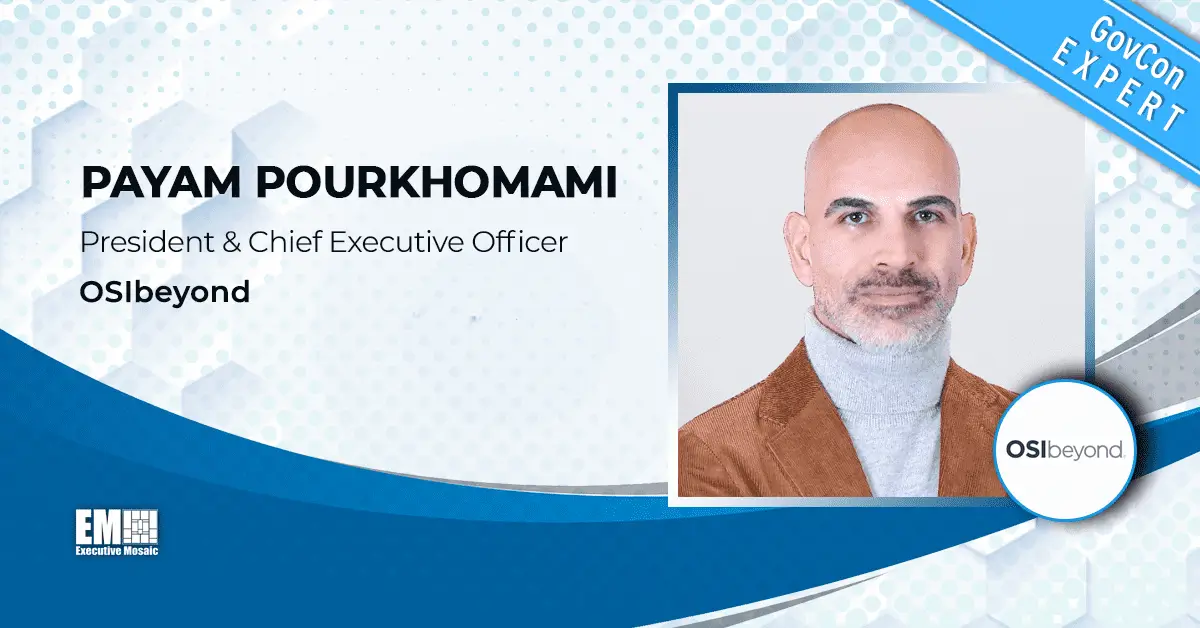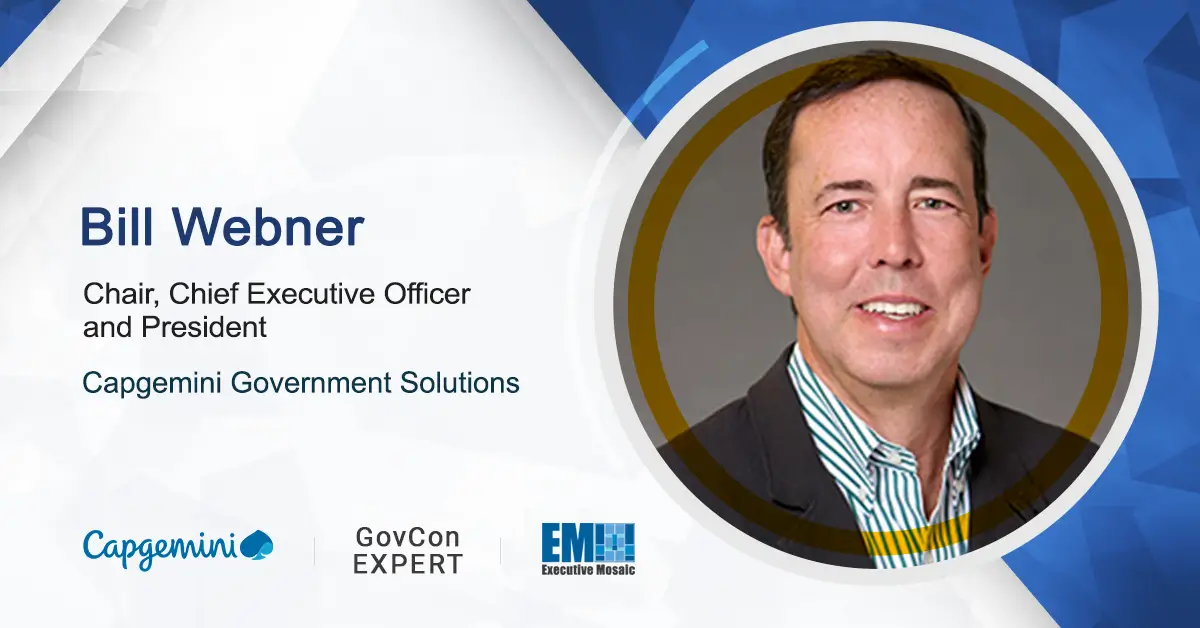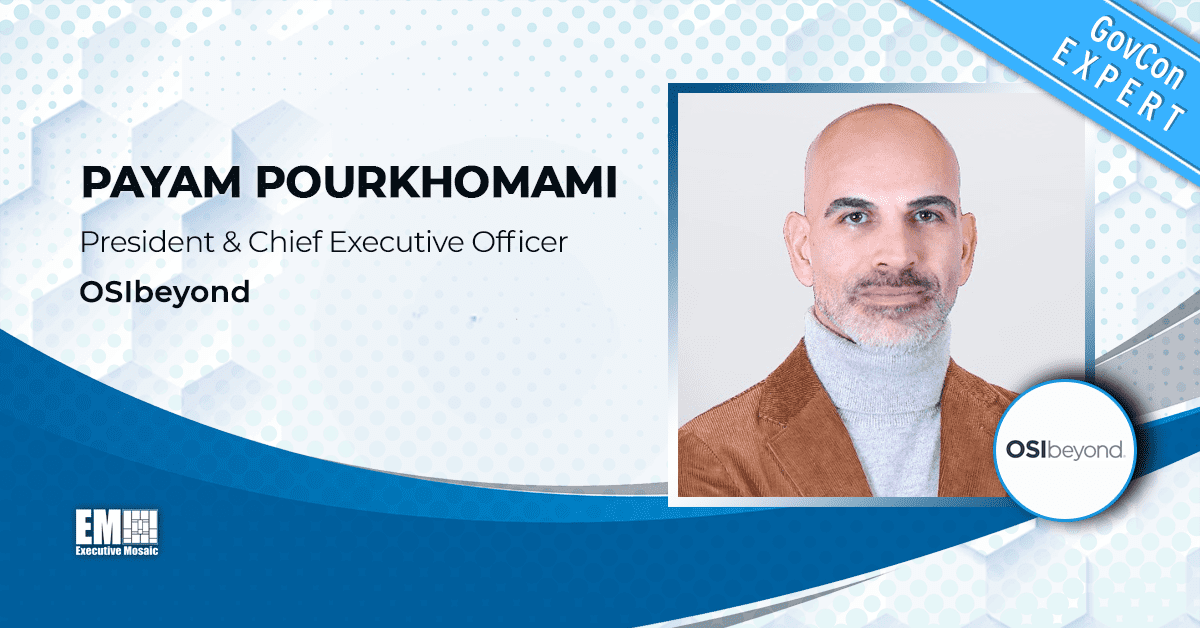By Matt Pinkston, Chief Growth Officer at Procurement Sciences
For business development, capture and proposal executives in the government contracting industry, bidding intelligence software is pivotal and the choice of the right solution is critical. This decision impacts your organization’s ability to navigate the complex federal contracting landscape effectively. While there are numerous options available, it’s essential to select a solution that aligns with the unique demands of your role, particularly given the specific challenges you face.
The latest developments in AI across the public and private sectors will be discussed at Potomac Officers Club’s March 2024 Artificial Intelligence Summit. Register here to join what’s sure to be a thorough, collaborative networking and learning opportunity.
Inclusion of large client data without training
Government contracting often involves handling vast amounts of data from clients. Your generative AI bidding intelligence software should have the capacity to incorporate and analyze this data effectively without the need for extensive training.
Here’s why this matters:
Efficiency: Training AI models on large datasets can be time-consuming and resource-intensive. A software solution that doesn’t require data training allows you to focus on strategic tasks rather than data preparation.
Data security: In GovCon, data security is paramount. By avoiding data training, you minimize the risk of exposing sensitive information during the AI model training process.
Scalability: Non-training AI solutions are highly scalable. They can handle large volumes of data without a significant increase in computational requirements, ensuring seamless growth in your operations.
Choosing GenAI software that efficiently manages extensive client data while bypassing the need for training can save valuable time and resources.
Leveraging pre-built LLMs for cost efficiency
Rather than creating your own language model, consider the cost-effective option of leveraging large language models, or LLMs, from reputable sources.
Here’s why this approach makes sense:
Resource savings: Developing your LM demands substantial resources, including time, computational power and expertise. LLMs from established providers come pre-trained, reducing resource requirements.
Quality and accuracy: Reputable LLMs have undergone rigorous training and testing, resulting in high-quality language understanding and generation capabilities. Building your LM may not achieve the same level of quality.
Continuous improvement: Major LLM providers invest in ongoing research and development to enhance their models. By using their LLMs, you gain access to these improvements without the need for your team to continually update and refine your LM.
Opting for established LLMs from trusted sources allows you to benefit from cutting edge language capabilities while optimizing your costs and resource allocation.
End-to-end vision and functionality
Look for a solution that provides an end-to-end vision with extensive functionality for your entire BD, capture and proposal teams.
Such a comprehensive approach offers several advantages:
Seamless collaboration: An integrated platform ensures that teams can collaborate seamlessly. It streamlines workflows, enhances communication and accelerates decision-making processes.
Consistency and accuracy: With shared data and functionality, you can maintain consistency and accuracy throughout the proposal development process. This reduces errors and improves the quality of your submissions.
Efficiency gains: A holistic solution that caters to all stages of the bidding process, from opportunity identification to proposal submission, can deliver significant efficiency gains. It simplifies tasks, automates routine processes and allows your teams to focus on strategic efforts.
Selecting a software with end-to-end functionality can lead to improved overall performance and competitiveness in the government contracting space.
Multi-tenant and on-premises Architecture
Ensure your chosen GenAI bidding intelligence software offers both multi-tenant and on-premises architecture options.
This consideration is vital for security and pricing flexibility:
Security: Multi-tenant architecture provides secure, isolated environments for different users or organizations, safeguarding your data. On-premises solutions offer even greater control and customization for enhanced security.
Pricing flexibility: Having the choice between multi-tenant and on-premises architectures allows you to align the software’s pricing with your specific needs. Multi-tenant options are often cost-effective, while on-premises solutions can cater to organizations with more stringent security requirements.
Opting for a provider that offers both architecture types ensures you can tailor the solution to your security and budgetary considerations.
Remember, the choice of GenAI bidding intelligence software is an investment in your organization’s ability to excel in the federal contracting arena. Make it a strategic one.
For more information on how GenAI solutions can streamline government contracting processes, please don’t hesitate to schedule a demonstration and explore how Procurement Sciences can enhance your operations.







